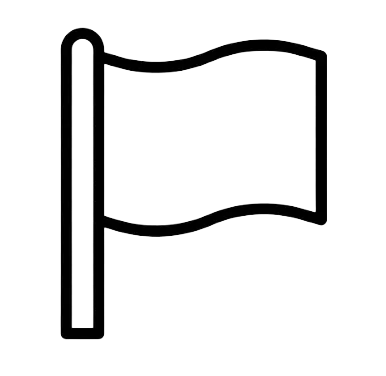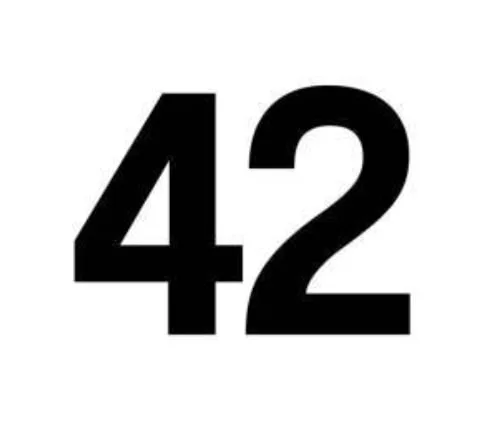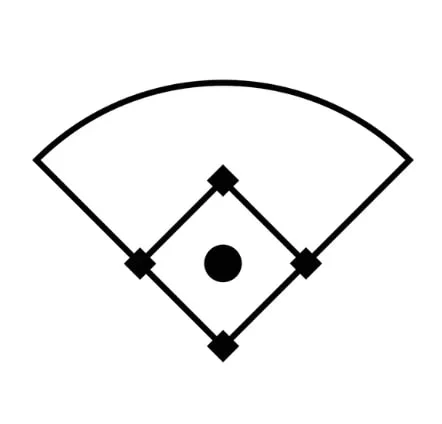A player’s 1st Bowman card is their first official baseball card, released before their official rookie card. These cards will be designated “1st” or “1st Bowman,” usually in the upper left-hand corner. The 1st Bowman card designation was first used in 1996, but didn’t become a staple of Bowman sets until 2003. Since then, a player’s 1st Bowman has taken on greater value as prospecting has become an increasingly important part of the modern Hobby. Within the collector community, the importance of the 1st Bowman card has come to rival that of the professional rookie card.
A 1st Bowman card is a player’s first official baseball card, issued before their rookie card. First appearing in 1996 and standard since 2003, these cards are vital for prospecting. Collectors often value a 1st Bowman as highly—or even more—than a rookie card in today’s Hobby.
Key Facts
- First Appeared in 1996
- Became a Bowman staple in 2003
- Labeled “1st” or “1st Bowman” on the card
- Central to prospecting in the hobby
- Rivals rookie cards in collector importance
FAQs
- What does a 1st Bowman Card mean?
- It’s a player’s first official baseball card, printed before their rookie card and labeled with “1st” or “1st Bowman.”
- When did 1st Bowman cards start?
- The designation was introduced in 1996 and became a consistent Bowman feature in 2003.
- Why are 1st Bowman cards valuable?
- They’re tied to prospecting, giving collectors an early shot at owning a card before a player reaches the majors.
- Which players have iconic 1st Bowmans?
- Notable examples include Mike Trout, Ronald Acuña Jr., and Bryce Harper, all highly coveted in The Hobby.
- How is a 1st Bowman different from a rookie card?
- Rookie cards are issued after a player debuts in the Majors, while 1st Bowman cards represent a player’s first official card from their prospect years.












